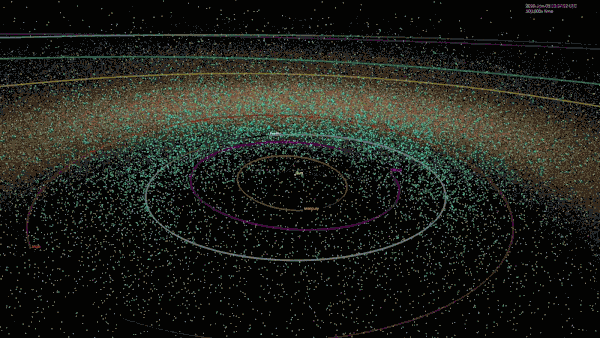Role and fate of ground-based asteroid astrometry
Dr. Paolo Tanga
Observatoire de la Cote d’Azur
December 2, 2020 – 11.00 am
Online
Abstract
Is Gaia killing the efforts of ground-based observations, in the domain of Solar System astrometry? Can measurements from the ground be competitive, and useful, when the space-based accuracy surpasses by >2 orders of magnitude the accuracy of the previously available data? It may look surprising, but the answer is absolutely positive. The main motivation to exploit them, is that only ground-based observations grant a time span long enough to detect subtle gravitational effects, such as the Yarkovsky thermal acceleration. So:
(1) it is necessary to recover the best possible accuracy from archive data, dating back to several decades in the past and
(2) new very accurate positions should be obtained in future.
The first task requires the accurate removal of systematic effects present in pre-Gaia catalogues.
The second can be secured by systematic observations of stellar occultations by asteroids, an activity strongly enhanced by the availability of orbits improved by Gaia astrometry.
These approaches will provide a wealth of accurate dynamical and physical properties, needed to understand the evolution of the asteroid belt and the early phases of Solar System formation

Known Near-Earth objects – as of January 2018 – Video (0:55; July 23, 2018) – Free download from en.wikpedia.org. – Creative Common License. – Credits: Wikipedia english
__________________________________________________
Local contact:
Dr. Alberto Cellino
Responsibles for the seminars at OATo
Dott.ssa Paola Re Fiorentin e Dr. Roberto Susino
